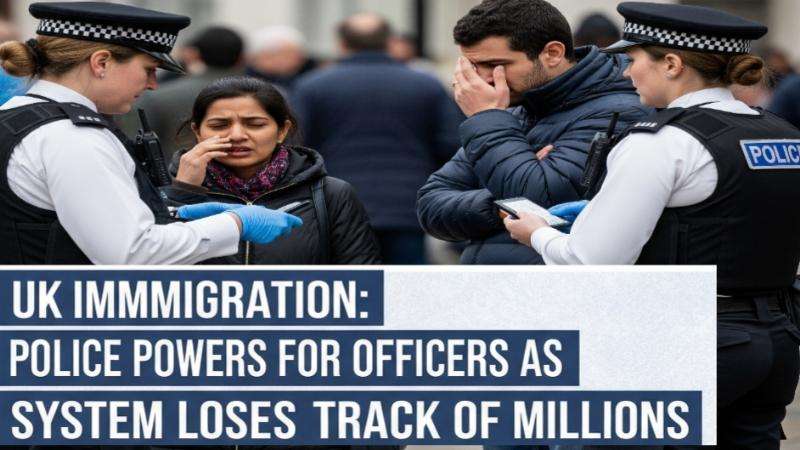The Labour government, led by Deputy Prime Minister Angela Rayner, has ignited a fierce debate with its sweeping reforms to the Right-to-Buy scheme, a policy that has enabled council house tenants to purchase their homes for decades. Announced on July 2nd, 2025, these changes aim to significantly curb the depletion of social housing stock, but critics are already branding them as an "attack on aspiration," with potential disproportionate impacts on various communities, including ethnic minorities.
Under the new regulations, the highly sought-after Right-to-Buy discounts will be drastically reduced, moving from a potential 35% to a range of 5% to 15%, depending on the length of tenancy. Furthermore, the eligibility period for tenants to qualify for the scheme will be extended from three years to ten years. A key amendment also exempts newly built social homes from Right-to-Buy for 35 years, a move intended to allow councils to recoup construction costs and retain valuable new stock.
The Ministry of Housing, Communities and Local Government, headed by Ms. Rayner, states that these reforms are crucial to enabling councils to increase their housing supply and ensure the scheme primarily benefits those with genuine need. This aligns with Sir Keir Starmer's broader commitment to reforming the housing system, addressing the critical shortage of social housing, and fulfilling Labour's general election promise to deliver 1.5 million new homes during the current Parliament, with a significant proportion being social and affordable housing. The government has set an ambitious target for at least 60% of these new homes to be for social rent, aiming for around 180,000 social rent homes, six times more than the previous decade.
However, the changes have drawn sharp condemnation, particularly from Shadow Housing Secretary Kevin Hollinrake, who has accused Ms. Rayner of "staggering hypocrisy," given her personal benefit from the Right-to-Buy scheme in 2007, when she purchased her former council house with a 25% discount. Hollinrake argues that Labour is "turning its back on the very families who work hard and want a stake in their future," making homeownership harder than ever.
Impact on Ethnic Minority Communities
The reforms are likely to have a significant impact on various demographic groups, particularly ethnic minorities, who already face disparities in homeownership rates. According to GOV.UK Ethnicity facts and figures data from April 2021 to March 2023, while 65% of all households in England owned their homes, this figure varied considerably across ethnic groups. White British households had the highest homeownership rate at 70%, followed by Indian households at 68%. In contrast, Black households had a significantly lower homeownership rate of 24%, with Black African households at 22% and Black Other at 16%.
For Asian ethnic groups, the overall homeownership rate was 56%. Within this group, Indian households had the highest rate (68%), while Bangladeshi households had a notably lower homeownership rate of 37%. This figure is a decrease from previous years, with analysis of Census data showing a 3.3% drop in homeownership for Bangladeshi households between 2011 and 2021, similar to Pakistani, Black African, and Black Caribbean households. This trend suggests that falling homeownership rates and issues like overcrowding are disproportionately concentrated among Black and Bangladeshi households.
Given these existing disparities, the reduction in Right-to-Buy discounts and the extended eligibility period could further challenge the aspirations of homeownership within these communities. For British Bangladeshi families, many of whom may have aspired to use Right-to-Buy as a pathway to intergenerational wealth and stability, the stricter criteria and reduced financial benefits could make the dream of homeownership even more elusive. While the specific data on which ethnic minority communities have historically utilised Right-to-Buy most frequently is not readily available, the overall lower homeownership rates among some groups suggest that any policy making homeownership more difficult will disproportionately affect them.
The government maintains that the reforms are necessary to address the broader housing crisis and ensure a fairer distribution of social housing resources. However, critics warn that without targeted support and alternative pathways to homeownership, the new Right-to-Buy rules risk exacerbating existing inequalities and limiting social mobility for those who need it most. The debate over balancing the need for social housing stock with individual aspiration is set to continue as the full impact of these reforms unfolds.

_4.jpg)


 and Dawn Wicks.jpeg)



.svg)


